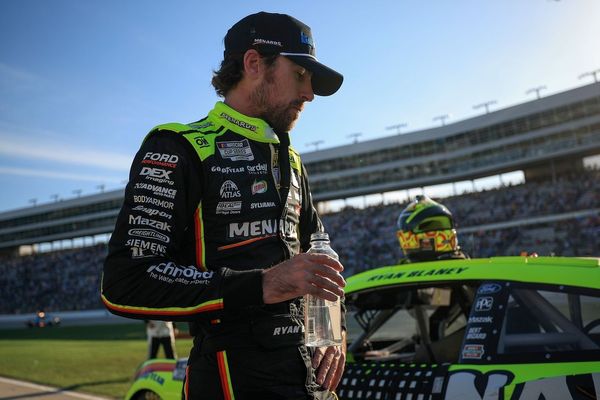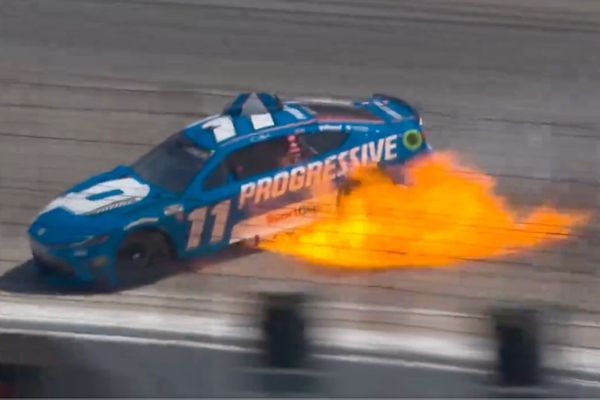
The Ola and Uber drivers’ strike in the national capital appeared to ease slightly on Tuesday morning, with several agitators opting to put their placards aside and hit the roads in their cabs.
However, the situation still seemed a far cry from normalcy as the waiting time continued extending to nearly 20 minutes in areas where commuters usually had the vehicles reaching them in two to five. With very few Ola and Uber cabs plying on city roads, people were expected to pay almost twice the regular rate on Tuesday morning due to the high demand.
“A lot of drivers have stopped driving their cabs – some in solidarity with the agitators, others out of fear. Protestors have been known to damage cars, snatch mobile phones and demand money from drivers who continue to operate despite strikes,” said Ajmer, an Uber driver.
Nevertheless, commuters might see some respite soon, with leaders of the Sarvodaya Driver Association of Delhi claiming that representatives of Ola met them for negotiations on Monday. “They have agreed to withdraw the Rs 500 penalty for denial of duty, and promised mediclaim policies to drivers. We will get a written commitment from them on Tuesday,” said union vice-president Ravi Rathore.
Ola, however, refused to comment on the issue.
A handful of drivers have chosen not to participate in the strike because they can’t afford to keep off work, even though they believe that some of the demands being raised – such as increased commission rates – are legitimate.
“If we keep striking, when will we earn? How will we eat?” asked Raju, a driver who works for both Ola and Uber.
They only work in the early hours of the morning or late in the evening to avoid detection by the protestors. As a result, their earnings have taken a hit. “Earlier, I used to work from 4 am to 9 pm and make Rs 3,000-Rs 4,000 a day. Now, due to safety concerns, I drive my vehicle only in the morning. If they damage my car, the extra costs will destroy me. These days, I make anywhere between Rs 1,000 and Rs 1,200,” said Ajmer, another driver.
Drivers have become creative in their efforts to avoid encounters with protesters, with some even going to the extent of altering their number plates. “If they see ‘RT’ on the number plate, they will immediately realise that I am driving an Uber or Ola. So I have covered that up, and replaced it with a C,” said an Ola/Uber driver on the condition of anonymity.
Commuters who do not wish to wait long for their cabs or pay more may have to rely on alternatives like the metro. The Delhi Metro recorded a 6.5% increase in ridership on Monday. DTC buses also witnessed increased ridership in the morning and evening peak hours.
“The metro recorded a ridership of 23.71 lakh till 8 pm on Monday. On the same day last week, the figure was 22.26 lakh till that time. Lack of cabs could be one of the reasons for the increase,” said a Delhi Metro spokesperson.
Other options comprise auto rickshaws, traditional kaali-peeli taxis and alternative radio cabs.











